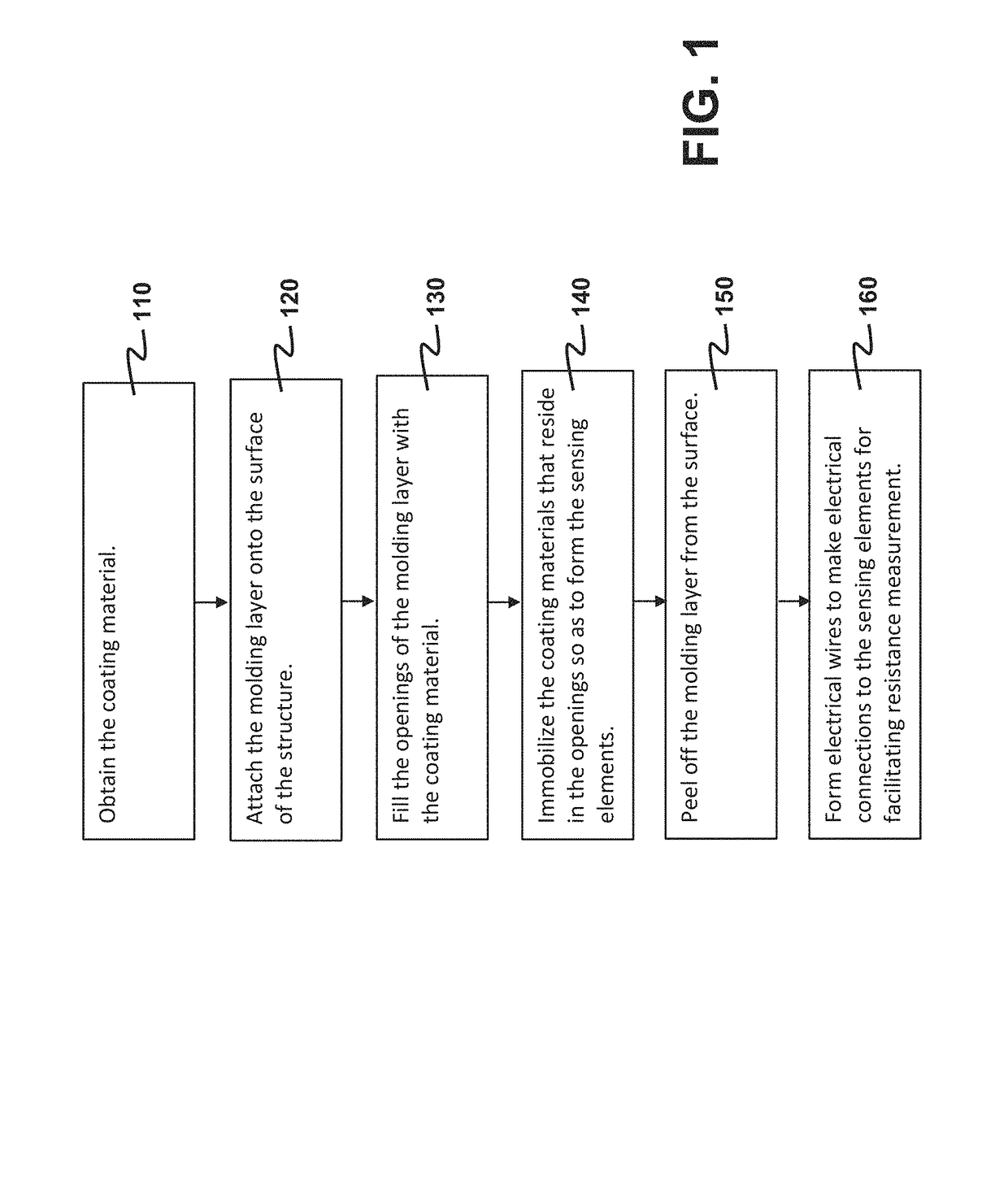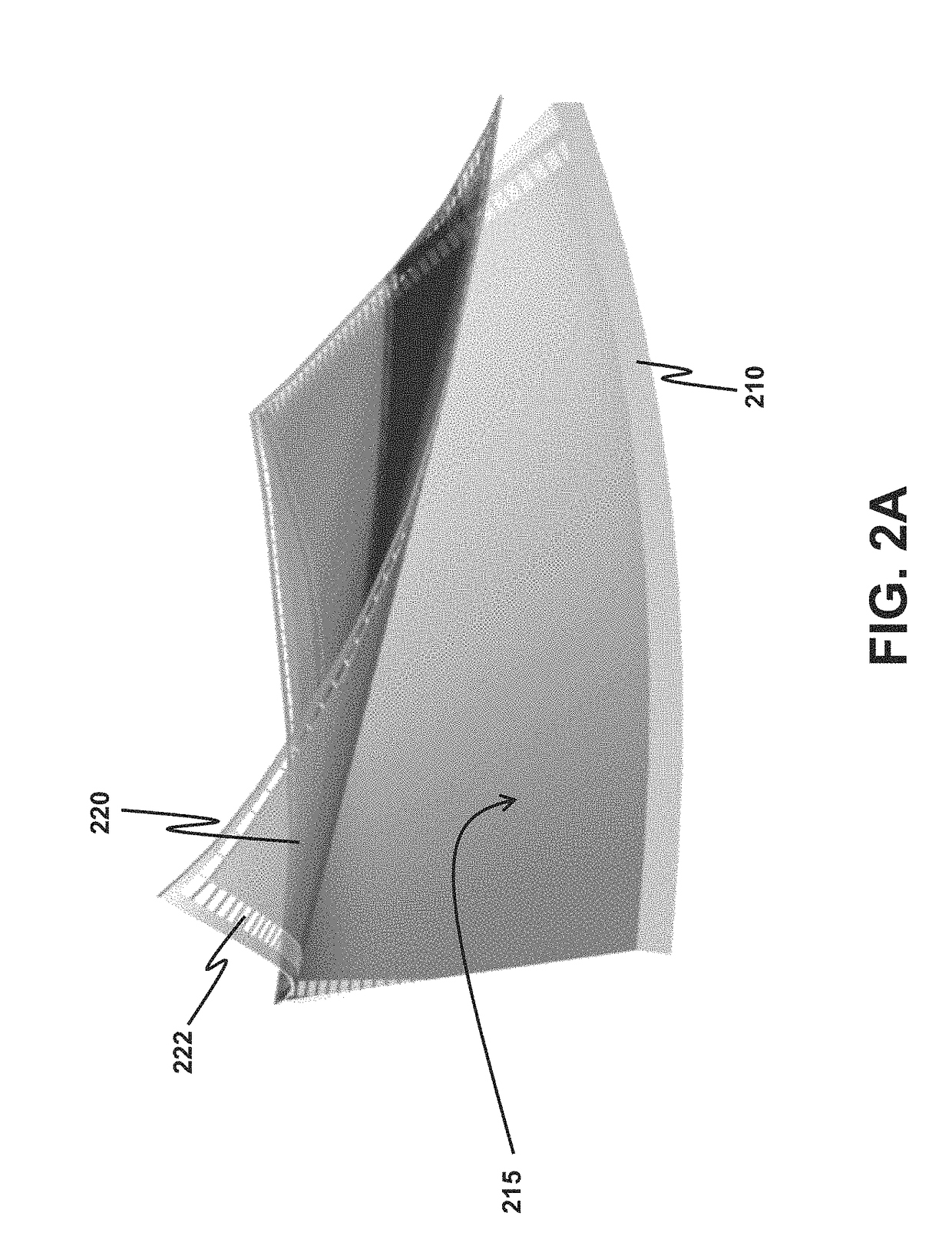Coated nanofiller/polymer composite sensor network for guided-wave-based structural health monitoring
a sensor network and composite technology, applied in the field of structural strain sensor network fabrication, can solve the problems of limited studies of coating technology that can be used to generate sensor networks fast and effectively, lack of development of distributed sensor networks for guided-wave-based impact/damage identification, and suffer from existing nanocomposite sensors
- Summary
- Abstract
- Description
- Claims
- Application Information
AI Technical Summary
Benefits of technology
Problems solved by technology
Method used
Image
Examples
Embodiment Construction
[0026]As used herein, “a structure” means a combination of members connected together in such a way to serve a useful purpose. The useful purpose may be related to civil engineering and mechanical engineering, to name a few. Examples of the structure related to the domain of civil engineering include a building, a part thereof such as a wall, a dam and a bridge. In the domain of mechanical engineering, examples of the structure include a car, a train, an aircraft, a machine, a water pipe, an oil pipe, etc.
[0027]The present invention first provides a structural-strain sensor network having plural sensing elements and fabricated on a structure for measuring strains at different locations on a surface of the structure. The disclosed sensor network has dual advantages that its fabrication is quick and the sensor network has a high sensitivity (i.e. being effective). The present invention also provides a technique of using the disclosed sensor network to locate a damaged location on the ...
PUM
| Property | Measurement | Unit |
|---|---|---|
| temperature | aaaaa | aaaaa |
| thickness | aaaaa | aaaaa |
| resistance | aaaaa | aaaaa |
Abstract
Description
Claims
Application Information
 Login to View More
Login to View More - R&D
- Intellectual Property
- Life Sciences
- Materials
- Tech Scout
- Unparalleled Data Quality
- Higher Quality Content
- 60% Fewer Hallucinations
Browse by: Latest US Patents, China's latest patents, Technical Efficacy Thesaurus, Application Domain, Technology Topic, Popular Technical Reports.
© 2025 PatSnap. All rights reserved.Legal|Privacy policy|Modern Slavery Act Transparency Statement|Sitemap|About US| Contact US: help@patsnap.com



